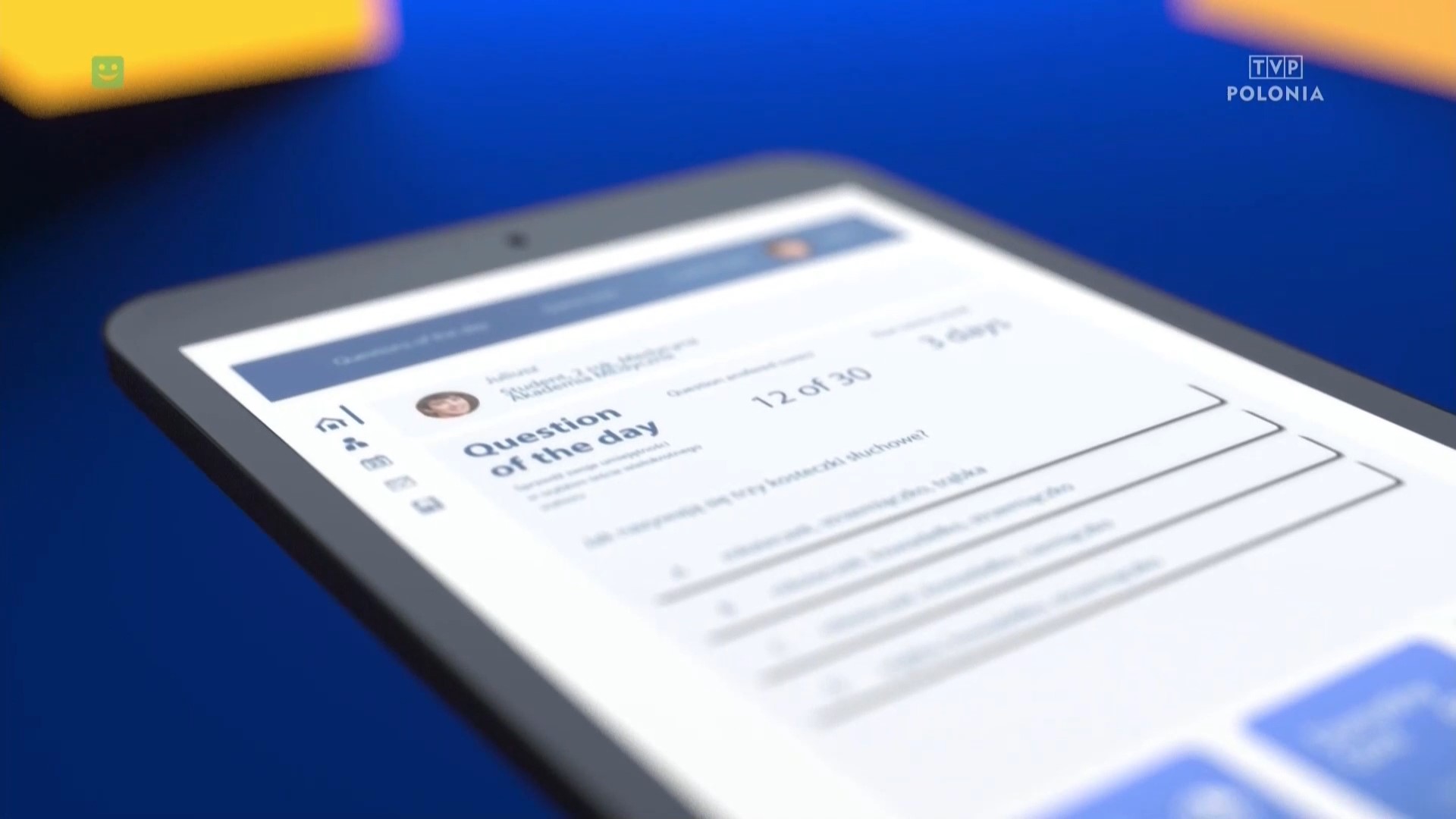You are probably here because you’ve decided to become a doctor. If you haven’t, then at least you are giving the profession some serious thought. ‘How to become a doctor?’, is a question we get asked pretty often. In the United States, the process is quite long and complex, so preparing early isn’t a bad idea at all.
Whatever the case may be, we are here to get your questions answered.
Medicine is one of the best professions anywhere in the world. It allows you to serve fellow humans in a way few other professions do. Shared below are three simple reasons why you must consider becoming a doctor in the States:
- Great job satisfaction
- Financially rewarding
- Always in great demand
The US is known to be suffering from a shortage of doctors, and the situation isn’t expected to change anytime soon. This article lists statistics and trends about physician shortage in the United States, especially in the rural and inner-city areas.
It further goes on state that AAMC forecasts that in the next 13-15 years the USA will face a deficit of up to 159,300 physicians. Given the situation, it has called for a 30% increase in the number of physicians trained in the US.
Another startling fact is the percentage of physicians working in rural areas. While 20% of Americans live in rural areas, only 9% of physicians practice in these areas.
What that means is that physicians will continue to be in demand for the foreseeable future.
Becoming a doctor in the United States is surely a tempting proposition with it being financially rewarding and future proof.
But here’s where things start getting difficult.
Yes, it is an immensely rewarding career, but it demands high levels of hard work and patience. What makes the process even more daunting are the number of years that a student has to invest to become a doctor.
On average it takes 10-11 years to become a doctor including the undergrad years.
But that sits well within one of life’s consistent rules. The longer the wait, the better the reward.
Now that we’ve considerably scared you off, let us tell you it is not all hard work(it is) on the way to becoming a physician in the United States. Med school and residencies can be fun too(sometimes).
So here are 10 steps on how to (hopefully) become a doctor in the United States.
Step 1: Complete your undergraduate studies/ bachelor’s degree
The first step towards becoming a doctor, of course, is to complete your undergrad studies.
Medical colleges do not list any specific streams of undergrad studies for qualification. However, the college board lists pre-medicine, biology and exercise as potential majors.
‘The Road to Becoming a Doctor’ is a document put together by the AAMC or the Association of American Medical Colleges.
It mentions that ‘many medical school admissions officers use a holistic review process when considering applications, balancing applicants’ experiences, attributes, and academics to gauge how they might contribute as medical students and physicians to caring for patients and improving the health of all.’
This means that medical school admission is not just a question of academics, but also aptitude and attitude.
Step 2: Pass the MCAT
Becoming a doctor involves a series of tests and the first one starts with MCAT or the Medical College Admission Test. It is a marathon, and notorious for the required prep time. Not just that, it is also a monster of a test which takes seven and a half hours to complete.
College juniors have to register for the test and can take it on any one of the thirty dates when it is offered between January and September. While preparing for MCAT, your persistence and patience can pay off.
Some suggestions to ace the MCAT are:
1# Choosing the date when you are ready, and not rushing through a pre-decided date
2# It is important to take prep courses
3# Don’t give up
You can take the MCAT:
- three times in a testing year,
- four times in two consecutive years and,
- seven times in a lifetime.
So yes, your first couple of test scores are not a determinant of whether you can make it to med school or not.
Not making a test only means that you need to go back to the drawing board and prepare smarter the next time.
However, the most important aspect of making the MCAT is practice. And that’s where we(QUPI) show up!
The MCAT contains four sections:
- Chemical and Physical Foundations of Biological Systems
- Critical Analysis and Reasoning Skills (CARS)
- Biological and Biochemical Foundations of Living Systems
- Psychological, Social and Biological Foundations of Behavior
You can pass the MCAT with QUPI because we help you choose the difficulty level and subject matter for your practice tests.
This will help you improve the required scientific knowledge.
Also practice tests with QUPI could be the deciding factor for making the MCAT.
Being knowledgeable is important, but what makes the difference is to be able to access it on test day. Practicing your tests with QUPI will train you to develop this ability.
Step 3: Time for med school applications
After clearing the MCAT, it is time to apply for what will be your home for the next four years – The Med School!
Here are a few quick pointers about the process:
- There is no specific timeline for applying
- Most students start in the summer after their junior year in college
- Some also choose to take a year off after their undergrad studies to start applying
- You can use the AMCAS(American Medical College Application Service). This is a centralized application service offered by the AAMC
- You can submit a single application for your target medical schools, and it will get distributed to those schools by AMCAS
Choosing your target med schools and the final school also poses some challenges.
Let us share some tips on choosing the right med school. Getting into the right school is an important step in your journey of becoming a doctor in the States.
- Speak with students:
Have a word with existing or ex-students of med schools you intend to apply to. Most of them will be happy to share their feedback. You could do this on email, student groups or even LinkedIn.
- Consider your support system:
Med school can bring a big change to your life, so it’s important to have some kind of a support system close to where you are.
Some students may choose to be close to family, others may want to be in a city they know a lot about or where their friends are at.
Whatever brings you comfort, just evaluate whether there is enough of it close to the med school you are applying to.
- Think through your requirements:
Med schools can vary a lot in terms of their teaching style, students and specialties to name a few. You must have a wishlist of your own so you can evaluate whether the med school is a good fit for your life and aspirations.
Step 4: Complete your med school studies
Although under-graduate studies are pretty important, the real prep for becoming a doctor starts at med school. It typically requires about six years to complete studies at med school.
The curriculum is divided into classroom-based instruction in the sciences. Clinical rotation skills mean students have to apply the skills they learn.
Med school in itself is a long and winding road. It is important to break down your goals and work with timelines. Also, don’t forget to go out and socialize, cos you’ll need that to keep you sane 🙂
Another way you can improve your chances of becoming a doctor is by practicing your tests early on.
We at QUPI have the most comprehensive medical question banks anywhere in the world. Read this article to understand how the early practice of question banks can hand you over a big advantage.
Step 5: Apply for Part I and II of the USMLE or United States Medical License Exam
USMLE is a three-step exam that any medical school graduate or medical practitioner has to pass to legally pursue a medical practice in the United States.
These tests are taken during and after med school and are an indispensable part of becoming a doctor in the USA.
Med school students must pass Step 1 of the exam which looks at the basic medical principles before they reach their third year of studies.
Clinical diagnosis and disease development form part of Step 2 of the exam, which students need to pass in the fourth year of their studies.
Step 6: Apply for a residency
The life of a med school student is all about making one choice after another. Next in line is to research the specialty you want to focus on and applying for affiliate residencies that offer them.
How to choose a specialty?
- Assess the specialties you think you’d enjoy
- Assess your skills for the specialties in question
- Understand pay, lifestyle and long term viability of the specialty
These are some of the important things that med school students tend to overlook while choosing a specialty.
Also, AMA offers a free searchable tool FREIDA that details over 11,000 residency programs.
On the point of researching residency programs.
It is important to consider the location as residencies mean long-term commitment. This means you will see very little of your family if you choose one that is far away from home.
Finances are another important aspect, the specialty and the corresponding jobs need to pay enough to fund your desired lifestyle.
Read this article on the AMA website to get some more advice on this matter.
Step 7: Graduate from med school and start training
It is time to break free from med school training. Only to get into another one.
Once you graduate from med school you will find your way into your residency to learn more and practice your specialty.
Residency programs take a minimum of three years to complete and can extend depending on the specialty, institution and performance.
Step 8: USMLE Stage 3
In some cases, you are needed to pass Step 3 of your USMLE by the third year of your residency program. After you pass this test, you are eligible for board certifications and to get your state license as well.
Step 9: Board certification and state license
While you are at med school, you’ll think that your degree is the ultimate milestone.
Once you enter your residency program you will only realize that milestones are a regular occurrence in a med student’s life.
After you have completed your internship and passed your USMLE, you aren’t yet ready to work as a doctor. No no, not yet.
There are two more things to be done.
- Board certification
Board certification is a voluntary process and it validates your expertise in the specialty you are trained in. Though it is voluntary, most employers expect their doctors to have these certifications or expect them to be in the process of acquiring them.
That’s why each board certification is specific to their specialty and subspecialty and have their own set of requirements.
To acquire a board certification, a physician needs to have completed his/her accredited residency program and also possess his/her full medical licence.
Not just this, you will also have to appear a board exam which comes with a fee. The average fee for the written exam is about 2000$.
Sometimes your employer may offer to pay for the board certification examination fees as a part of your recruitment contract.
- State licensure
It is illegal to practice as a physician without a state license anywhere in the United States. Hence it is imperative to get one as soon as you complete your residency program.
For every state license, you have to show your passage through all three parts of USMLE.
Your residency program records, past credentials and scores are some of the things that are verified. That’s why getting an initial license or one in another state may take time.
It is advised that physicians expect a 60-day timeline to receive their license from the date of application.
This article on the AMA website gives you a quick guide on how to navigate state medical licensure.
Step 10: Looking for a job!
Now to the final step in becoming a doctor! That is to find the job as one.
There are three ways in which a physician can find a job in the United States.
- Your residency program may convert into a full-time job
- You can apply to various hospitals and companies
- You will get contacted by recruiters for relevant jobs in the market
Generally speaking, there are a lot of opportunities for licensed physicians within the United States. However, if you are looking to move out of your licensed state then you need to apply again post-relocation.
As you can see, becoming a doctor is clearly not for the not-so-strong willed. Mostly those with a passion for medicine, human health and service can see through these long years.
From undergraduate studies to med school and then the long trek to becoming a doctor after your residency require commitment. All of this while battling through a host of tests and examinations.
While no one can make this path any shorter, we at QUPI can make it slightly easier. Our practice tests are based on the actual questions that appear in tests so you are better prepared to answer them with your scientific knowledge.
Feel free to visit our XYZ page in case you want to know more about how we can be your buddies on your path of becoming a doctor in the United States.
Before you go, here is a quick recap of the steps:
Step 1: Complete your undergraduate studies/ bachelor’s degree
Step 2: Pass the MCAT
Step 3: Apply to a med school
Step 4: Complete med school studies
Step 5: Complete first and second step of USMLE
Step 6: Narrow down and apply for your residency and specialty
Step 7: Graduate from med school and start residency
Step 8: Third and final step of USMLE
Step 9: Earn board certification in your specialty
Step 10: Get your state license
Step 11: Apply and get a job!
They say, ‘ the presence of the doctor is the beginning of the cure’. But for the doctor to become a cure provider is an arduous journey. And we at QUPI hope to partner with you through this. You can be sure that we’ll be the best one you will find.













